Home>Gardening & Outdoor>Landscaping Ideas>When To Plant Grass Seed In Mn Spring
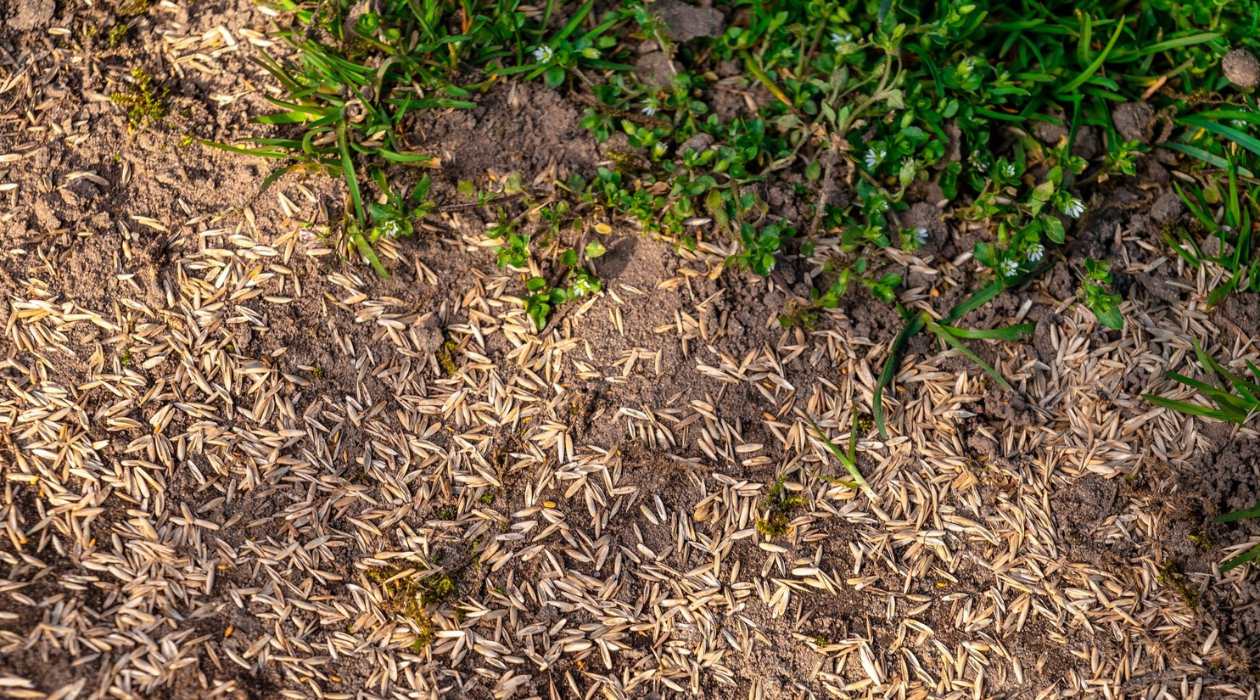

Landscaping Ideas
When To Plant Grass Seed In Mn Spring
Modified: March 20, 2024
Discover the best time to plant grass seed in Minnesota in spring for a lush, vibrant lawn. Get expert landscaping ideas and tips for successful lawn establishment.
(Many of the links in this article redirect to a specific reviewed product. Your purchase of these products through affiliate links helps to generate commission for Storables.com, at no extra cost. Learn more)
Best Time to Plant Grass Seed in Minnesota
Planting grass seed in Minnesota requires careful consideration of the climate and weather patterns specific to the region. The best time to plant grass seed in Minnesota is during the late summer to early fall, typically from mid-August to mid-September. During this period, the soil is still warm from the summer months, and the cooler temperatures provide an optimal environment for seed germination and establishment.
The late summer to early fall timeframe allows the grass seed to take advantage of the warm soil while avoiding the scorching heat of mid-summer. Additionally, the cooler temperatures and potential rainfall in the fall create favorable conditions for the grass seed to develop strong roots before the onset of winter.
It's important to note that the best time to plant grass seed in Minnesota can vary depending on the specific grass species being planted. Cool-season grasses such as Kentucky bluegrass, fine fescue, and perennial ryegrass thrive when planted in the late summer to early fall, as these varieties are well-suited to the cooler temperatures and moisture levels during this time.
On the other hand, warm-season grasses like zoysia grass and Bermuda grass are not as well-suited to the Minnesota climate and are typically not recommended for planting in the region. Understanding the ideal grass species for the Minnesota climate is crucial in determining the best time for planting grass seed.
By timing the planting of grass seed to coincide with the optimal growing conditions, homeowners and landscapers in Minnesota can maximize the chances of successful establishment and long-term lawn health. This strategic approach to planting grass seed sets the stage for a lush, vibrant lawn that can withstand the challenges of the Minnesota climate throughout the year.
Key Takeaways:
- Best Time to Plant Grass Seed in Minnesota
Late summer to early fall is the best time to plant grass seed in Minnesota. This allows the seed to take advantage of warm soil and cooler temperatures for optimal growth and establishment. - Essential Tips for Maintaining Newly Planted Grass Seed
Consistent watering, avoiding overwatering, proper mowing, timely fertilization, protection from stressors, and monitoring are crucial for nurturing healthy growth and long-term resilience of newly planted grass seed in Minnesota.
Read more: When To Start Seeds For Spring Planting
Factors to Consider Before Planting Grass Seed
Before embarking on the process of planting grass seed in Minnesota, several crucial factors should be carefully evaluated to ensure the success of the endeavor. Understanding and addressing these considerations can significantly impact the outcome, leading to a thriving and resilient lawn. Here are the key factors to consider before planting grass seed in Minnesota:
-
Climate and Weather Conditions: Minnesota's climate is characterized by distinct seasonal variations, including cold winters and warm summers. It's essential to select grass seed varieties that are well-suited to the region's climate. Cool-season grasses such as Kentucky bluegrass, fine fescue, and perennial ryegrass are popular choices for Minnesota due to their ability to withstand the cold temperatures and thrive in the region's climate.
-
Soil Type and Quality: Assessing the soil type and quality is critical before planting grass seed. Minnesota's soil composition varies across the state, ranging from sandy soils in some regions to clay-based soils in others. Conducting a soil test can provide valuable insights into the soil's pH levels, nutrient content, and drainage characteristics. Based on the soil analysis, appropriate amendments can be made to optimize the soil conditions for successful grass seed germination and growth.
-
Sunlight Exposure: The amount of sunlight that the planting area receives is a crucial factor in selecting the right grass seed. Some grass species thrive in full sun, while others are more tolerant of shade. Evaluating the sunlight exposure in the intended planting area will guide the selection of grass seed varieties that are best suited to the specific light conditions.
-
Water Availability and Drainage: Adequate water supply and proper drainage are essential for the successful establishment of grass seed. Consider the availability of irrigation options and the natural drainage patterns in the planting area. Additionally, selecting grass seed varieties that are well-adapted to the local precipitation levels can contribute to the long-term health and sustainability of the lawn.
-
Maintenance Requirements: Different grass species have varying maintenance needs, including mowing frequency, fertilization requirements, and tolerance to foot traffic. Understanding the maintenance demands of the chosen grass seed varieties is crucial for planning and allocating the necessary resources to ensure the ongoing health and vitality of the lawn.
By carefully evaluating these factors before planting grass seed in Minnesota, homeowners and landscapers can make informed decisions that set the stage for a successful and enduring lawn. Taking the time to assess these considerations can lead to a well-adapted and resilient lawn that enhances the outdoor environment and provides enjoyment for years to come.
Steps to Planting Grass Seed in the Spring in Minnesota
Spring marks the beginning of the growing season in Minnesota, presenting an opportune time to rejuvenate and establish lush, healthy lawns through the strategic planting of grass seed. The following steps outline the essential guidelines for successfully planting grass seed in the spring, setting the stage for vibrant and resilient turf:
-
Assess the Soil and Prepare the Site: Begin by assessing the soil conditions in the intended planting area. Conduct a soil test to determine the pH levels, nutrient content, and drainage characteristics. Based on the soil analysis, prepare the site by clearing any debris, removing weeds, and loosening the topsoil to create a favorable environment for seed germination.
-
Select the Right Grass Seed: Choose high-quality grass seed varieties that are well-suited to the Minnesota climate and growing conditions. Consider factors such as sunlight exposure, soil type, and water availability when selecting the appropriate grass species for the specific planting area. Cool-season grasses like Kentucky bluegrass, fine fescue, and perennial ryegrass are popular choices for spring planting in Minnesota due to their resilience in cooler temperatures.
-
Seed Sowing and Application: Once the site is prepared, evenly distribute the grass seed using a broadcast spreader or a handheld spreader. Ensure thorough coverage of the area, taking care to avoid overseeding or creating uneven patches. After spreading the seed, gently rake the soil to lightly cover the seeds, promoting good seed-to-soil contact for optimal germination.
-
Fertilize and Water: Apply a high-quality starter fertilizer to provide essential nutrients for the newly planted grass seed. Follow the manufacturer's recommendations for the appropriate application rate. After fertilization, water the seeded area gently but thoroughly to ensure the soil is adequately moist. Consistent, light watering is crucial to support seed germination and early growth.
-
Monitor and Maintain: Keep a close eye on the seeded area, monitoring the soil moisture levels and adjusting the watering frequency as needed. Avoid allowing the soil to dry out, as consistent moisture is vital for successful germination and establishment. Additionally, minimize foot traffic on the newly seeded area to prevent soil compaction and disturbance of the emerging grass seedlings.
-
Establishment and Growth: As the grass seed begins to germinate and establish, continue to provide attentive care, ensuring that the young seedlings receive adequate moisture and protection from potential stressors. Gradually reduce the watering frequency as the grass seedlings develop, transitioning to a deeper, less frequent watering schedule to encourage robust root growth and overall resilience.
By following these steps to plant grass seed in the spring in Minnesota, homeowners and landscapers can lay the groundwork for a thriving lawn that flourishes throughout the growing season and beyond. The careful execution of these essential steps sets the stage for successful grass seed germination, establishment, and long-term vitality, ultimately contributing to the beauty and resilience of the outdoor landscape.
Tips for Maintaining Newly Planted Grass Seed in Minnesota
After the strategic planting of grass seed in Minnesota, the ongoing maintenance of the newly established lawn plays a pivotal role in nurturing healthy growth and long-term resilience. Implementing effective maintenance practices can significantly impact the success of the grass seed establishment, ensuring a lush and vibrant lawn that enhances the outdoor environment. Here are essential tips for maintaining newly planted grass seed in Minnesota:
1. Consistent Watering:
Maintaining consistent soil moisture is crucial for the successful germination and establishment of grass seed. Ensure that the seeded area remains consistently moist, but not waterlogged, to support the growth of young seedlings. Light, frequent watering is recommended to prevent the soil from drying out, especially during the initial stages of growth.
Read more: When To Plant Grass Seed In The Spring
2. Avoid Overwatering:
While consistent watering is essential, it is equally important to avoid overwatering the newly planted grass seed. Excessive moisture can lead to issues such as fungal diseases and poor root development. Monitor the soil moisture levels closely and adjust the watering frequency based on the specific needs of the grass seedlings.
3. Mowing Practices:
Once the newly planted grass seed has established and reached a sufficient height, it may be necessary to mow the lawn. However, it is crucial to adhere to proper mowing practices to avoid causing stress to the young grass plants. Set the mower blades at a higher setting to avoid cutting the grass too short, which can impede root development and overall growth.
4. Fertilization:
Applying a high-quality fertilizer at the appropriate time can provide essential nutrients to support the growth and development of the newly planted grass seed. Select a fertilizer specifically formulated for young grass seedlings and follow the recommended application rates to avoid over-fertilization, which can be detrimental to the delicate seedlings.
5. Protection from Stressors:
Minimize foot traffic and other stressors on the newly planted grass seed to prevent damage to the emerging seedlings. Avoid heavy use of the lawn during the initial stages of growth to allow the grass seedlings to establish strong root systems and develop robust foliage.
Read more: When To Plant Spring Grass Seed
6. Monitoring and Adjusting:
Regularly monitor the progress of the newly planted grass seed, paying attention to factors such as soil moisture, growth patterns, and overall health. Adjust maintenance practices as needed based on the specific requirements of the grass seedlings, ensuring that they receive optimal care and support during the critical establishment phase.
By implementing these essential maintenance tips, homeowners and landscapers can nurture the successful establishment of newly planted grass seed in Minnesota, paving the way for a resilient and visually appealing lawn. Consistent and attentive maintenance practices contribute to the long-term health and vitality of the grass seedlings, ultimately resulting in a lush and thriving lawn that enhances the outdoor landscape.
Frequently Asked Questions about When To Plant Grass Seed In Mn Spring
Was this page helpful?
At Storables.com, we guarantee accurate and reliable information. Our content, validated by Expert Board Contributors, is crafted following stringent Editorial Policies. We're committed to providing you with well-researched, expert-backed insights for all your informational needs.

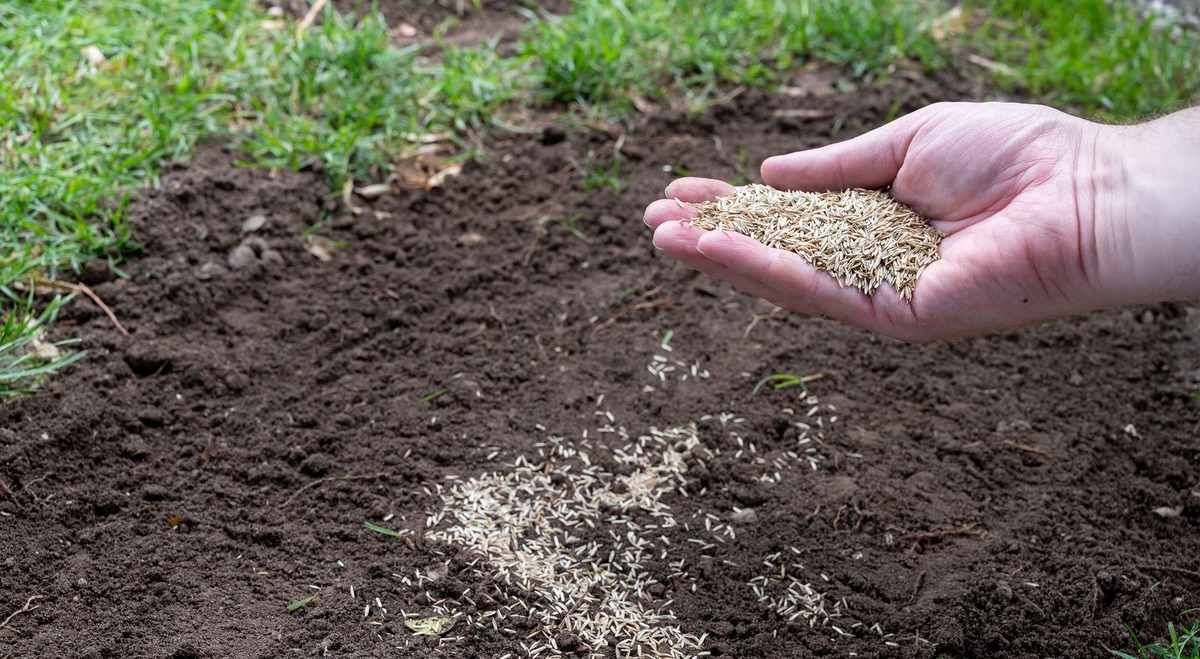
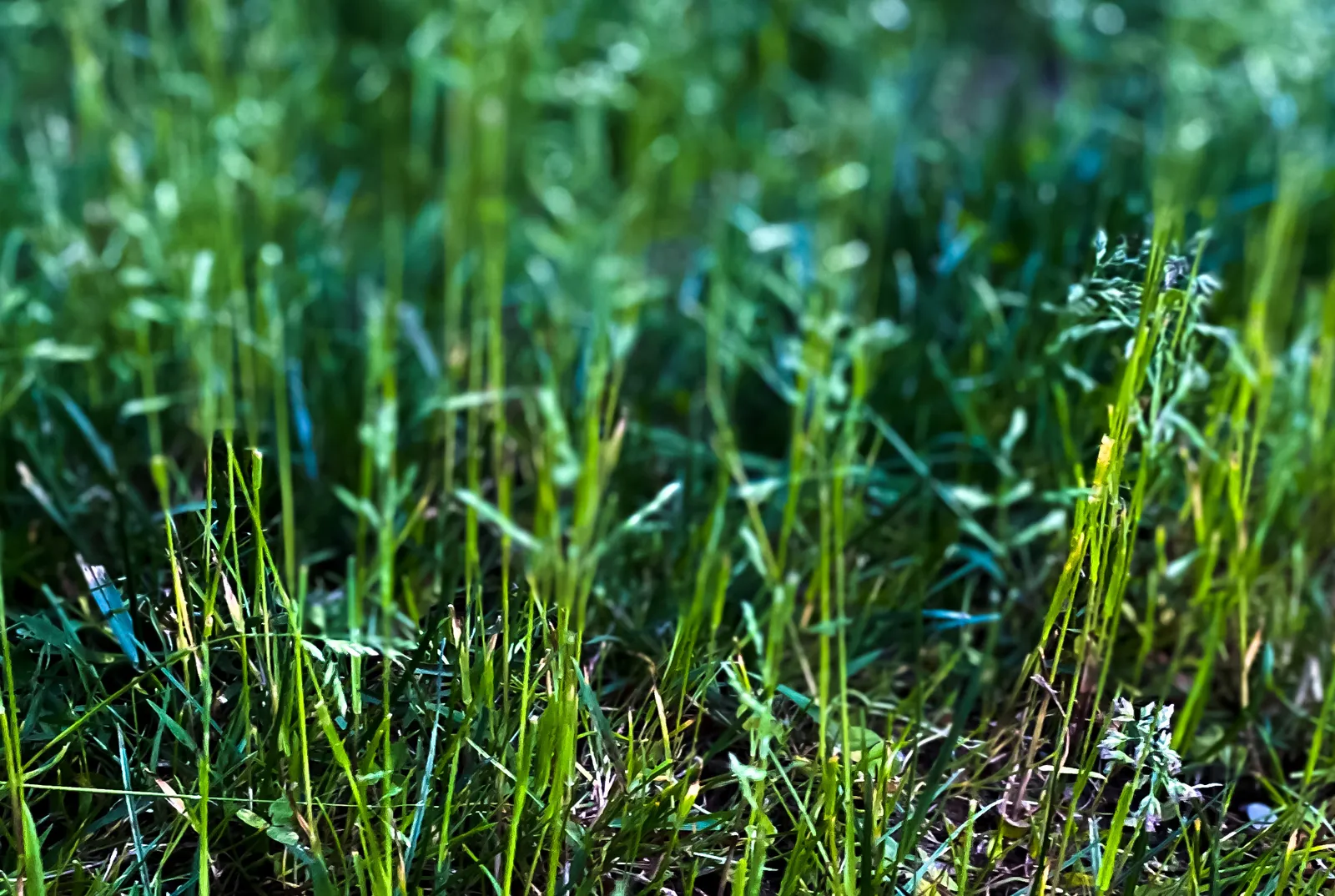
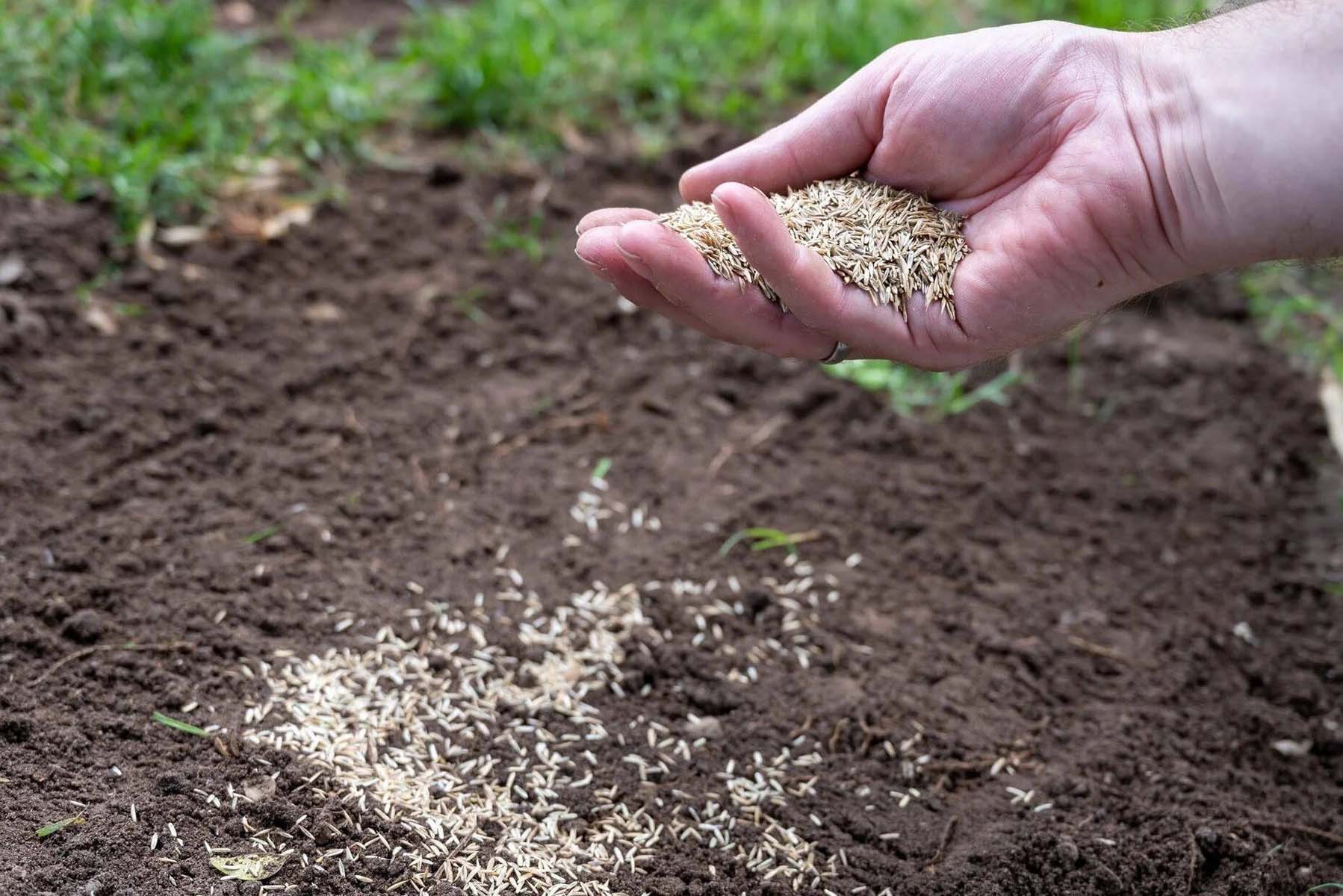
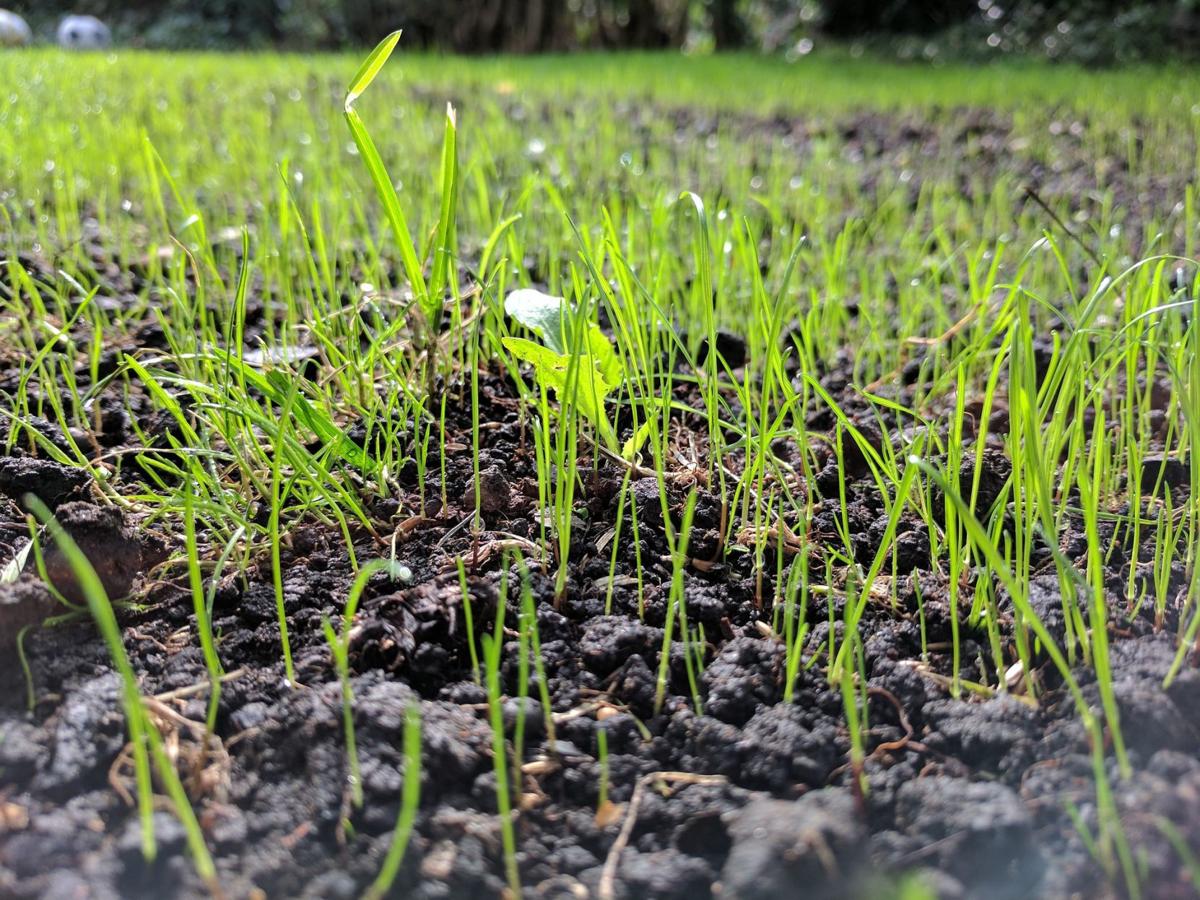
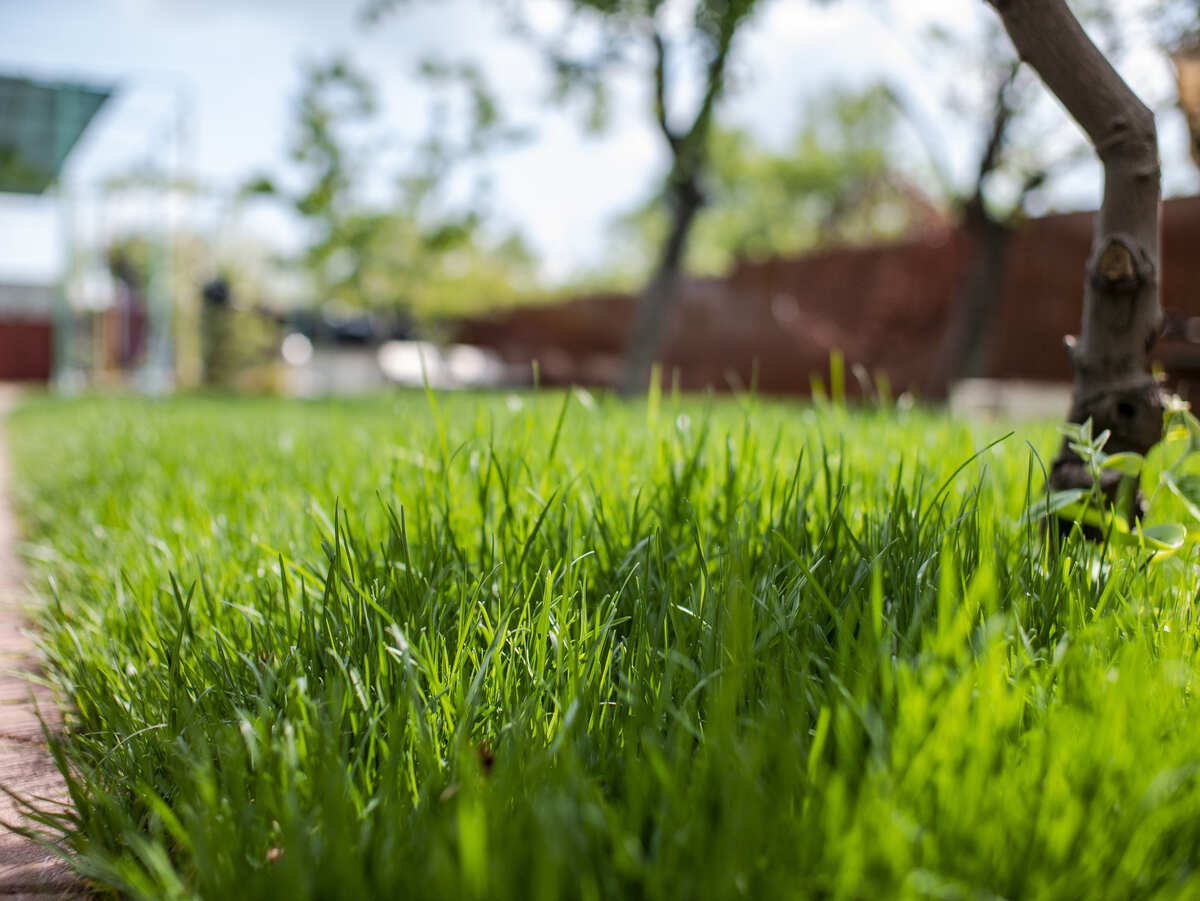
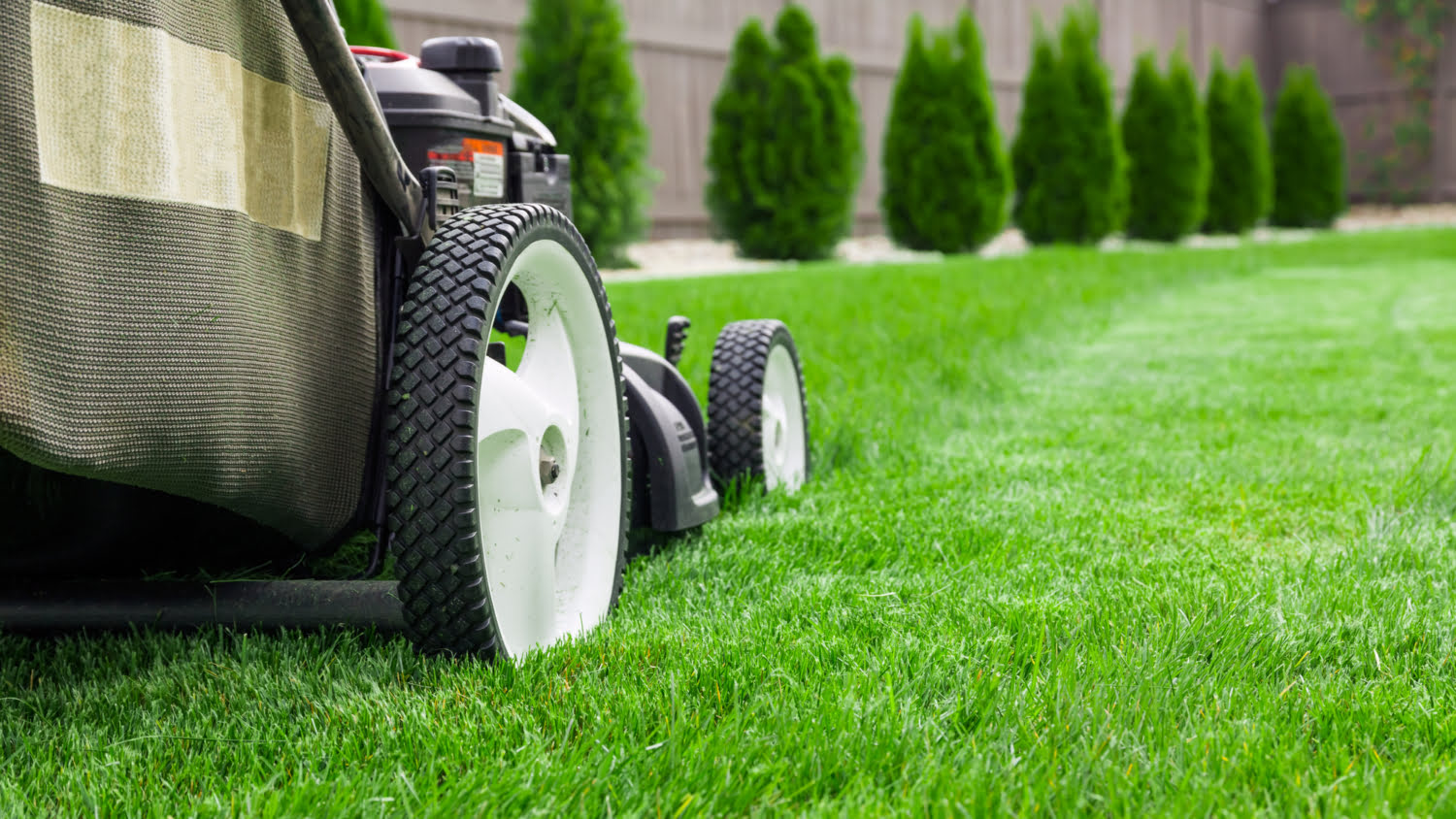
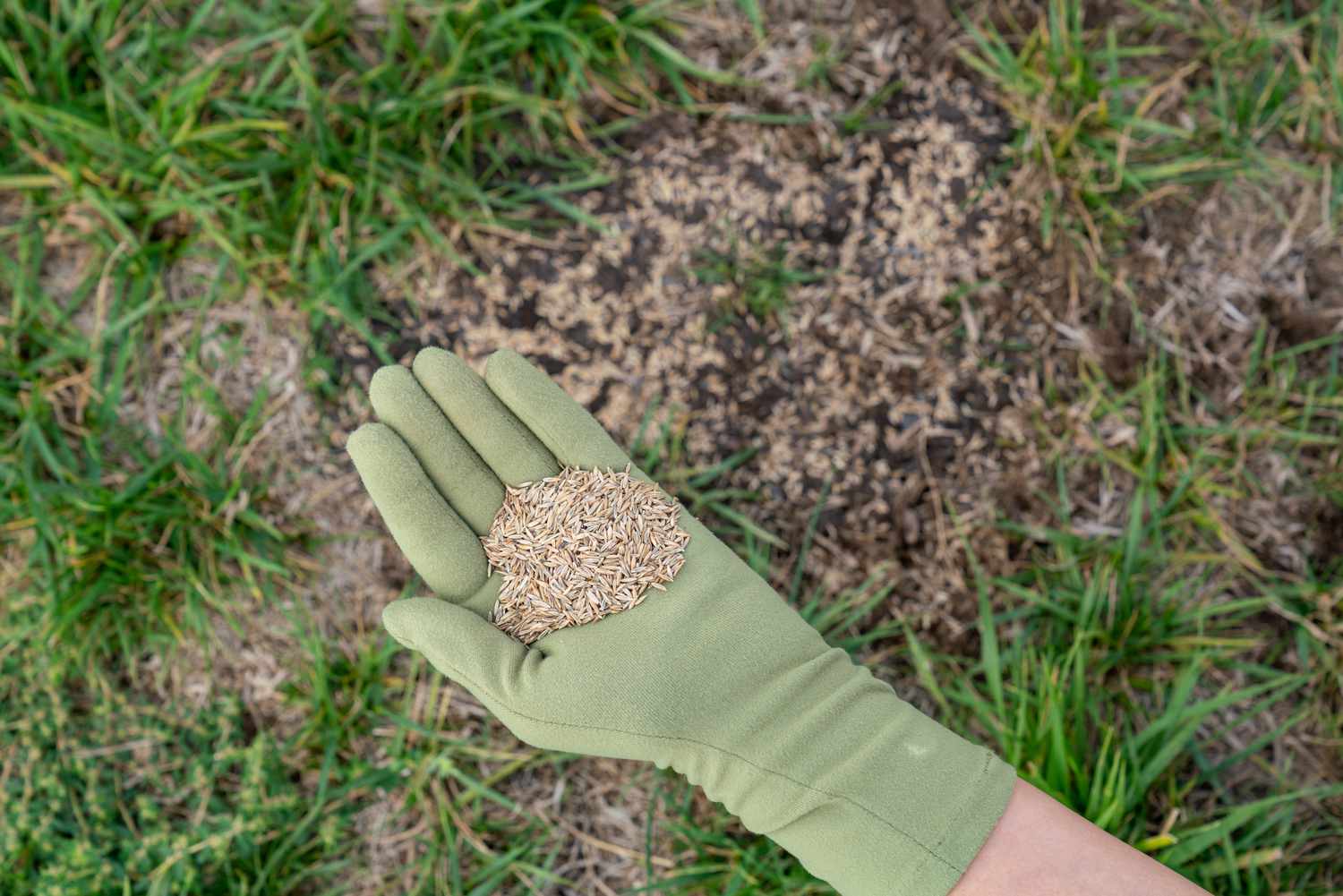
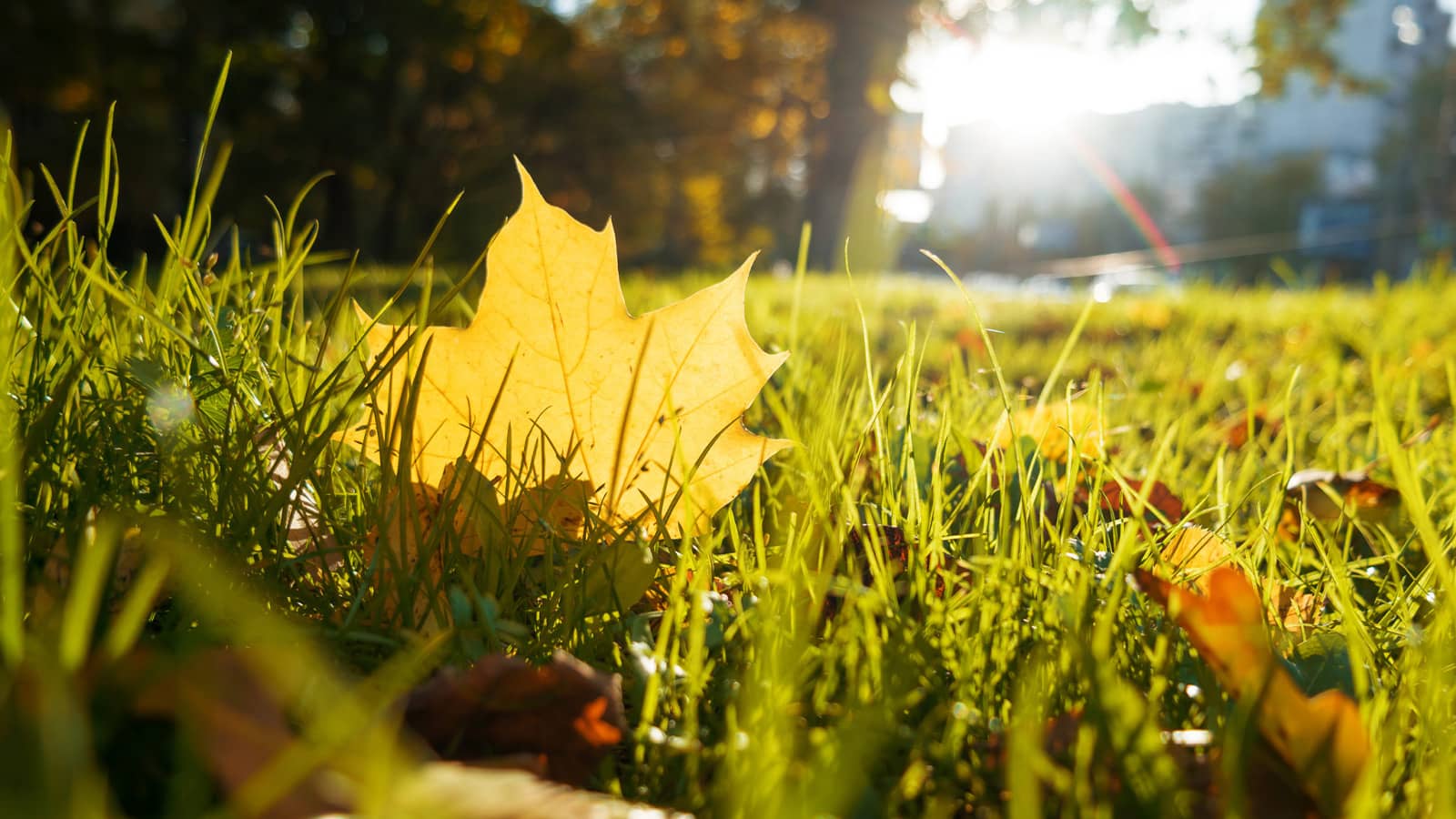
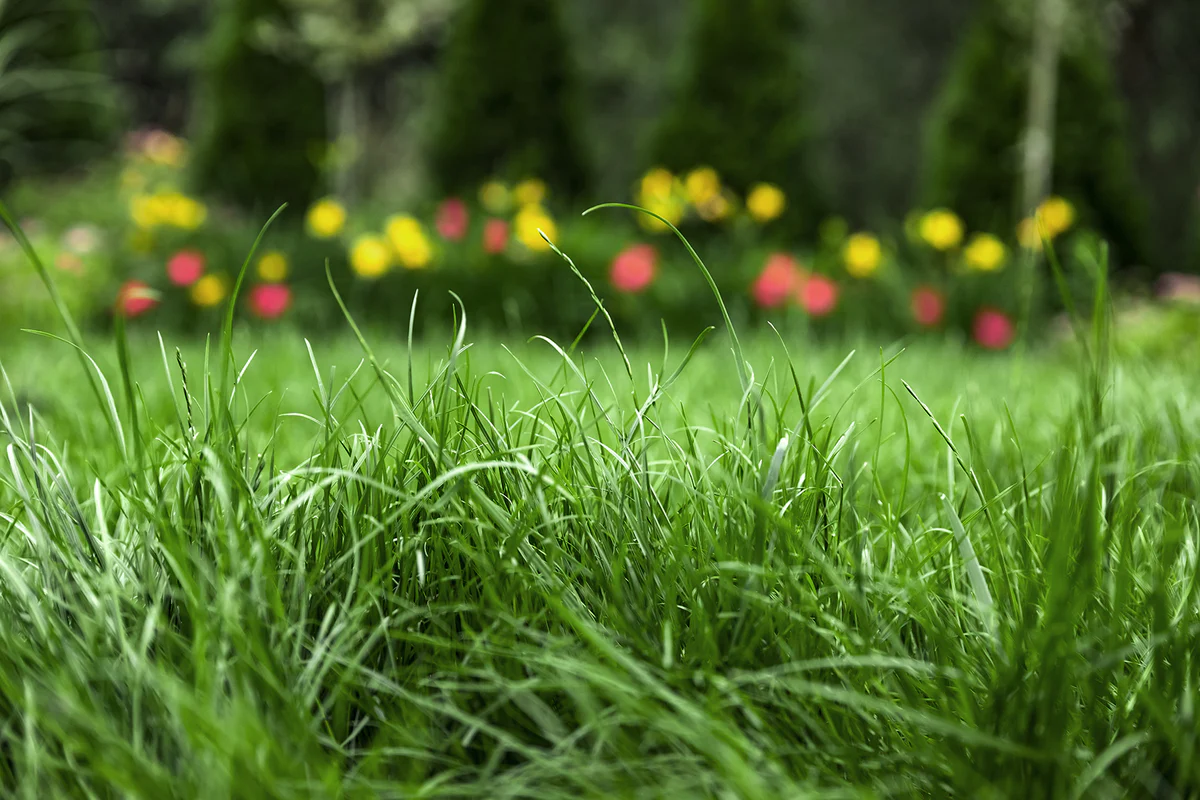
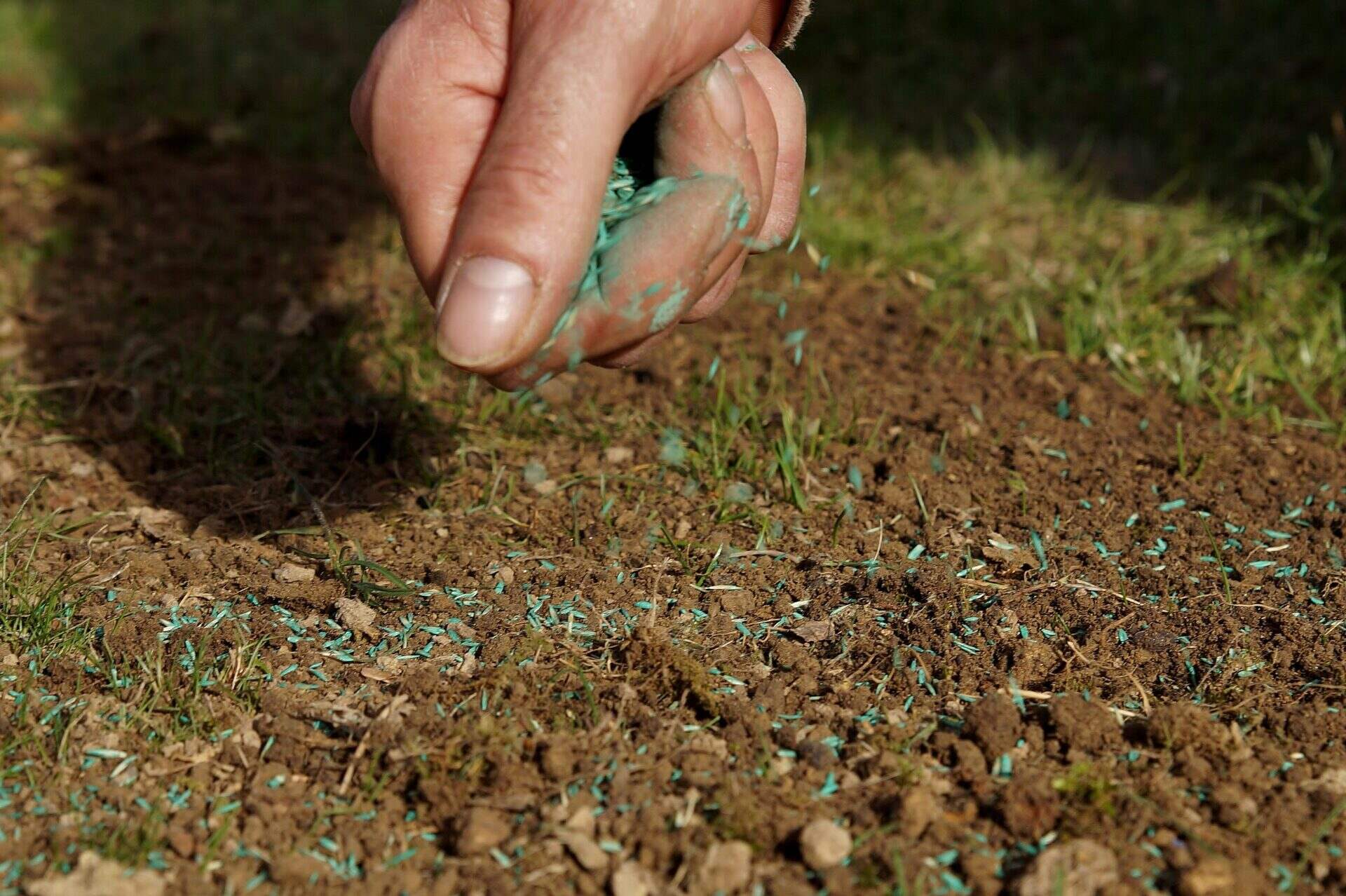



0 thoughts on “When To Plant Grass Seed In Mn Spring”